Giant rhinoceros (Elasmotherium)
Elasmotherium was a gigantic, prehistoric mammal, which is considered to be an ancestor of present-day rhinos due to its enormous horn and genetic similarities to the woolly rhinoceros. The number of references to this animal may suggest that it has become extinct much more recently than assumed by paleontologists.
Classification
- Kingdom: Animalia
- Phylum: Chordata
- Class: Mammalia
- Infraclass: Eutheria
- Order: Perissodactyla
- Suborder: Ceratomorpha
- Superfamily: Rhinocerotoidea
- Family: Rhinocerotidae
- Genus: †Elasmotherium
As for today, 3 Elasmotherium species have been distinguished:
- †Elasmotherium caucasicum
- †Elasmotherium chaprovicum
- †Elasmotherium sibiricum (type species)
The most widely known species is the Elasmotherium sibiricum.
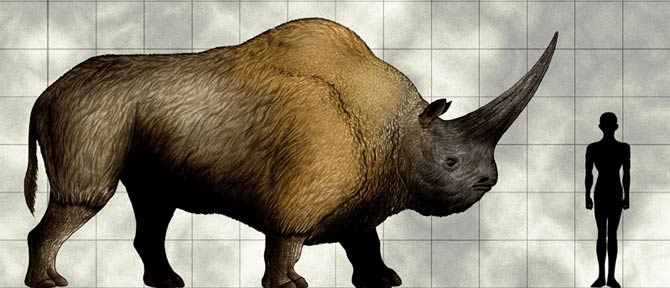
Name
The name Elasmotherium is derived from Greek ‘elasmos’, meaning coatings/layer. The choice of such a word to name this prehistoric rhinoceros can be associated with a distinctive, layered structure of its teeth.
Discovery and fossils
The giant rhino was first described in 1808 by Johann Fischer von Waldheim, the head of the Natural History Museum connected with the Moscow University.
The giant rhino is known from many fossils found in the whole of Eurasia. These include mostly teeth and skull fragments, but paleontologists have also recovered almost fully preserved skeletons.
The youngest Elasmotherium skeletons date back 29 thousand years ago – they were found in a Siberian cave – conceivably they were dragged there by predators. Alternatively, it could be a result of human activity.
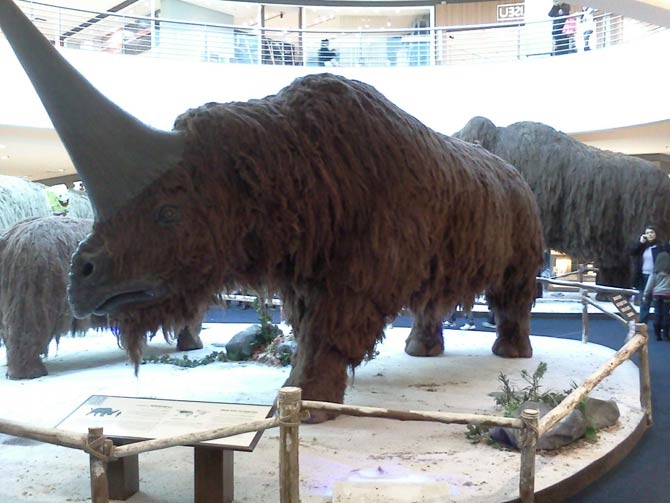
Range
This prehistoric rhinoceros was endemic in the Eurasian region. It lived on Earth for about 2.6 million years – from the Late Pliocene to the Late Pleistocene. It became extinct around 50 thousand years ago – although it is not a confirmed date. There are numerous stories recalling Elasmotherium, which may suggest that it actually became extinct even as recently as 10 thousand years ago.
Characteristics
Elasmotherium was similar in terms of size to a mammoth, substantially larger than the present-day rhinos. It was characteristic of its massive, well-built torso and relatively short legs. Withal they were longer than regular rhinos` legs and supposedly they allowed Elasmotherium to gallop. Front and rear feet were differently built – the front feet were larger and had 4 toes, whilst the rear ones were smaller with 3 toes.
Horn
A large Elasmotherium`s head was surmounted by an enormous horn. It was made of keratin and could measure even 1.5 – 2 meters (4 ft 11 in – 6 ft 6.7 in). However, paleontologists still argue on that matter, as well as about the horn`s principle purpose. Some experts imagine that the animal was galloping with the horn lifted high, like a horse, while others claim that it leaned its head like a bison. There are also a few opinions stating that the giant rhino spent much time immersed in the mud like a hippo.
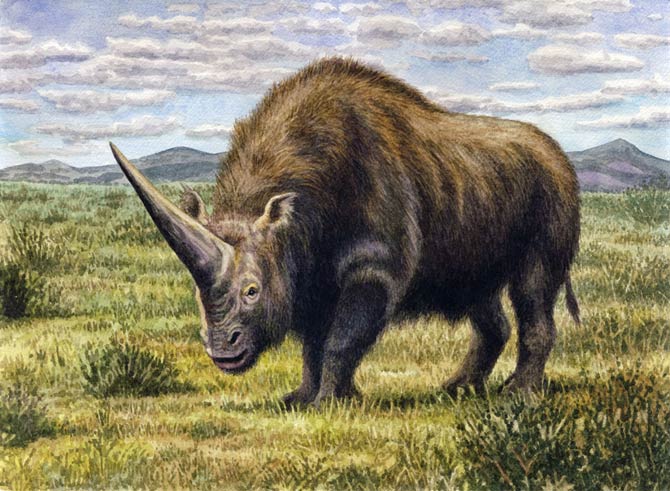
Fur
The giant rhino`s body could be covered in fur – mostly due to the fact that it inhabited rather cold regions. This animal is closely related to the wooly rhinoceros (Coelodonta antiquitatis), which is also an extinct species today. The last population survived in Siberia until 8000 years BC.
Dentition
The Elasmotherium`s dentition was typical for herbivorous animals. As a result, it had three well-developed molar teeth and two premolars, yet it did not have canines or incisors. Its dental arrangement resembled a horse`s dentition.

Diet
Elasmotherium was a herbivorous animal. It specialized in eating grass and roots. Near-water vegetation surrounding lakes or growing on the river banks also provided it food -e.g. Carex genus plants, bulrushes and reed.
In periods of hunger the animal has most likely crossed large distances seeking food.
Brain and intelligence
Initially, the giant rhino was not extraordinarily intelligent. Its brain was dominated by fields responsible for the sense of smell, which were located in the small and poorly developed frontal lobe.
Nevertheless, Elasmotherium inhabited the Earth for over 2 million years. Animals living more recently were much more ‘responsive’, intelligent, nimble and, most likely, more aggressive than their ancestors.
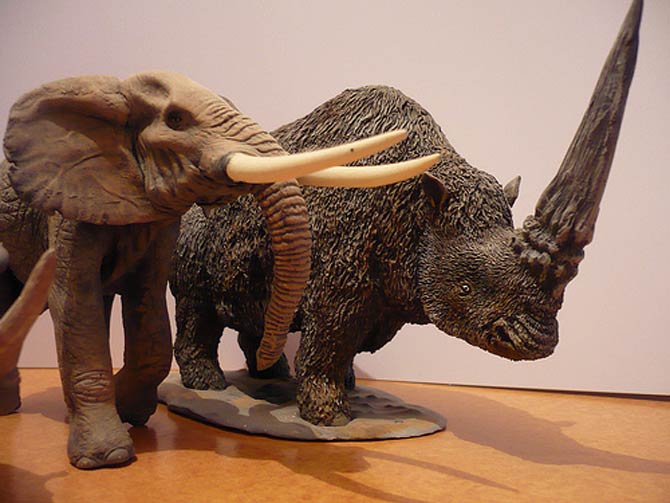
What was the purpose of its horn?
There are still several theories considering the role of the giant rhino`s horn – it is uncertain which one is closer to the actual state of matters, maybe even all are true. Paleontologists claim that it could serve for:
- defense against predators
- sweeping snow off the grass and poking holes in the ice pack to drink water
- supposedly it also served as a weapon in fights over male dominance and attracted female`s attention in the breeding season.
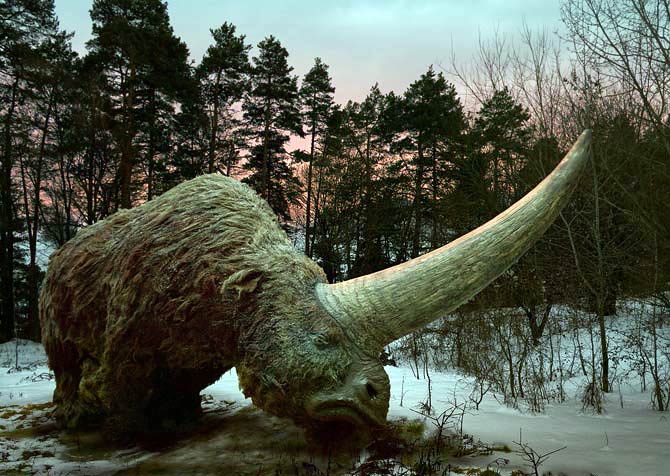
Elasmotherium in the cultural sphere
There are many references to unicorns or mysterious ‘creatures with a single horn’ in the literature of the East. The probability of precisely giant rhinos being their inspiration is very high.
In Siberia numerous stories can be heard about giant bulls with one horn that were so huge they must have been transported on sleighs. Maybe Elasmotherium was a foundation of a legend about a Russian mythological monster Indrik, which gave name to another prehistoric mammal – Indricotherium.
Size
Each species of Elasmotherium varied in size. Elasmotherium sibiricum was 4.5 meters long (14 ft 9 in) and its height at withers reached over 2 meters (6 ft 7 in).
Elasmotherium caucasicum was at least 5 meters (16 ft 5 in) long and weighed about 3.6-4.5 tons (7200 lb – 9000 lb).
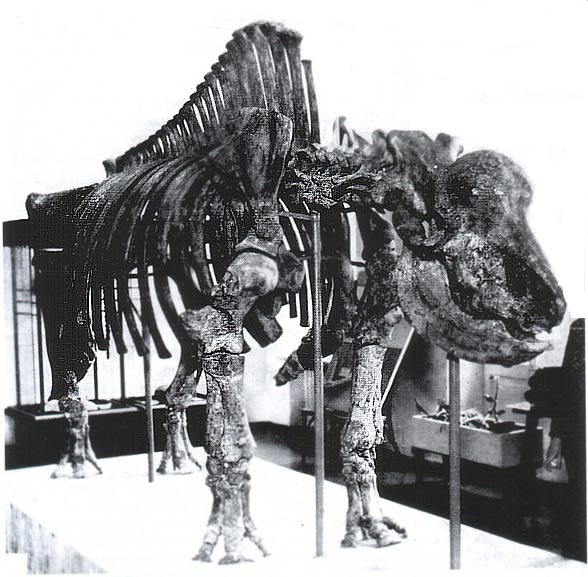
Detailed data / dimensions (size)
Giant rhino (Elasmotherium)
Size
- Body length: 4.5 – 5 meters (14 ft 9 in – 16 ft 5 in)
- Height at withers: over 2 meters (6 ft 7 in)
- Horn length: 150 – 200 cm (4 ft 11 in – 6 ft 6.7 in)
- Weight: 3.6 – 4.5 tons (7,200 lb – 9,000 lb)
Range
- Eurasia
- 2.6 million – 29 thousand years ago (Late Pliocene – Pleistocene)
Discovery
- Russia
- Discovered in the early XIX century
- Described by Johann Fischer von Waldheim
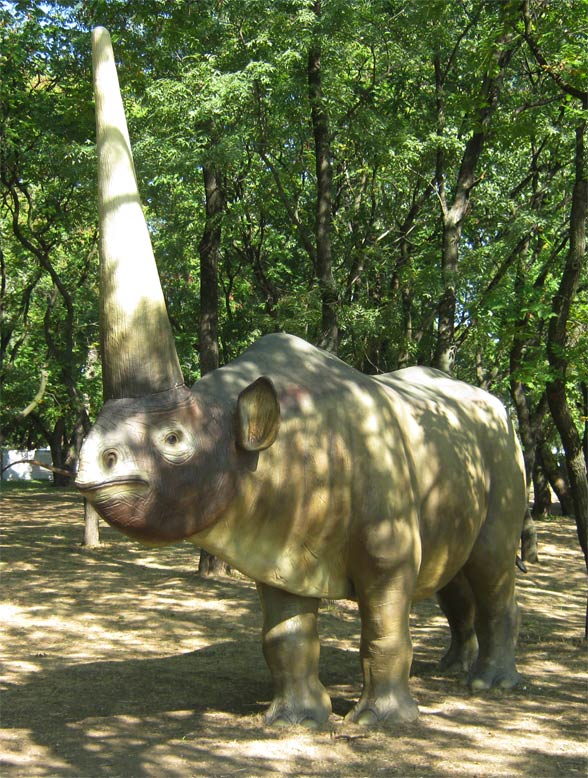
Elasmotherium – interesting facts
- It is probably this animal that gave birth to all legends about unicorns.
- Elasmotherium was one of the largest rhinoceros in the world.
- Cave paintings found in France may suggest that the giant rhino also inhabited that region.

Recommended
- Extinct animals
- Arsinoitherium
- Archaeopteryx
- Sarcosuchus
- Deinosuschus
- Animals & dinosaurs records
- The fastest animals – Top 100
- The fastest birds – Top 10
- The heaviest dinosaurs – Top 10
- The longest dinosaurs. Sauropods Top 10
- The longest predatory dinosaurs. Theropods Top 10
- The heavies predatory dinosaurs Top 10
- The longest and largest ornithopods
- The longest and largest ceratopsians
- The shortest sauropods
- The smallest dinosaurs – Top 10

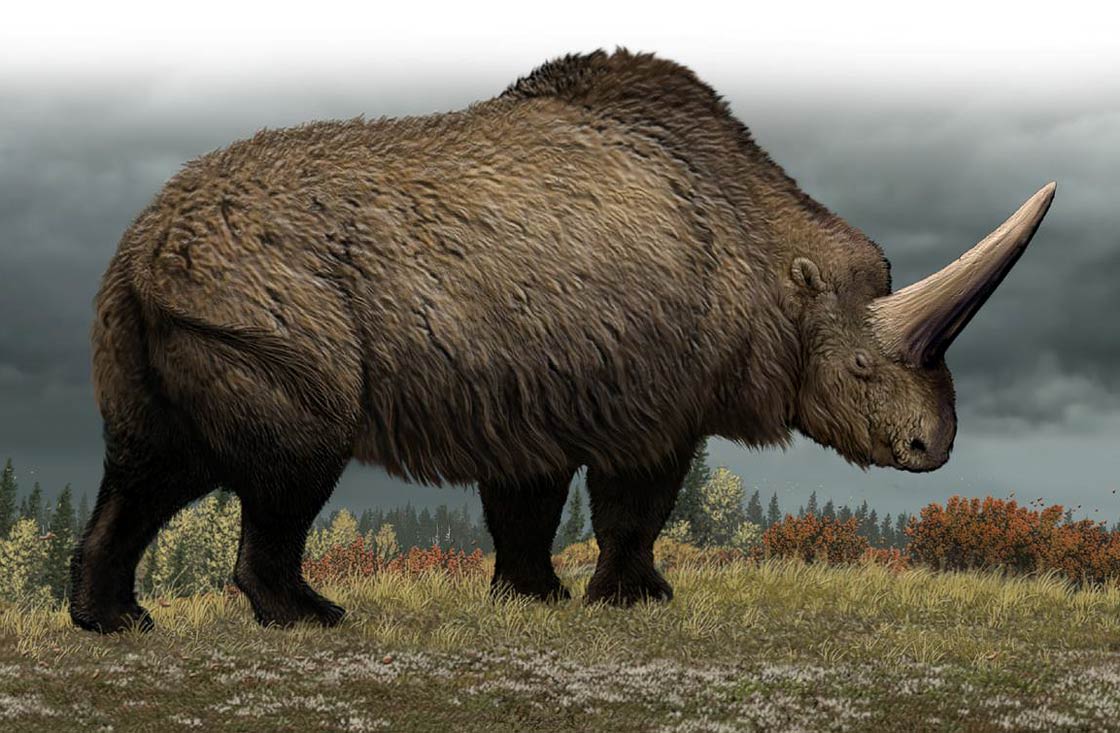








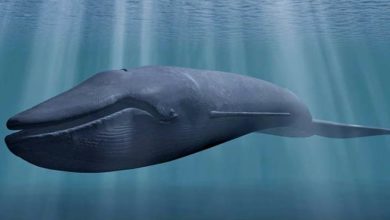
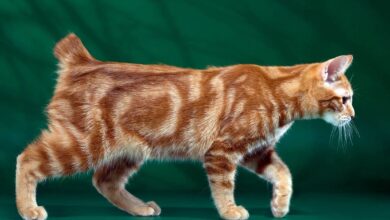

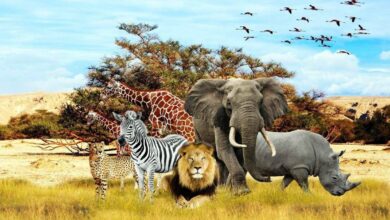

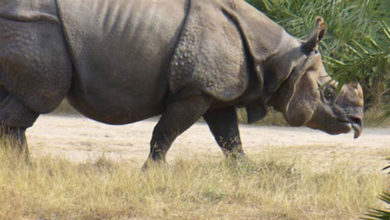

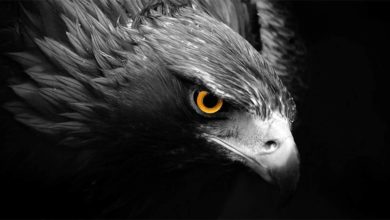

I would like to share this post about Elasmotherium on a Facebook group about Cenozoic Mammals I belong to but weirdly when I try it has a weird picture of a scantily dressed woman as a size reference. How do I get rid of this addition to the image, I would prefer your version that doesn’t have it.